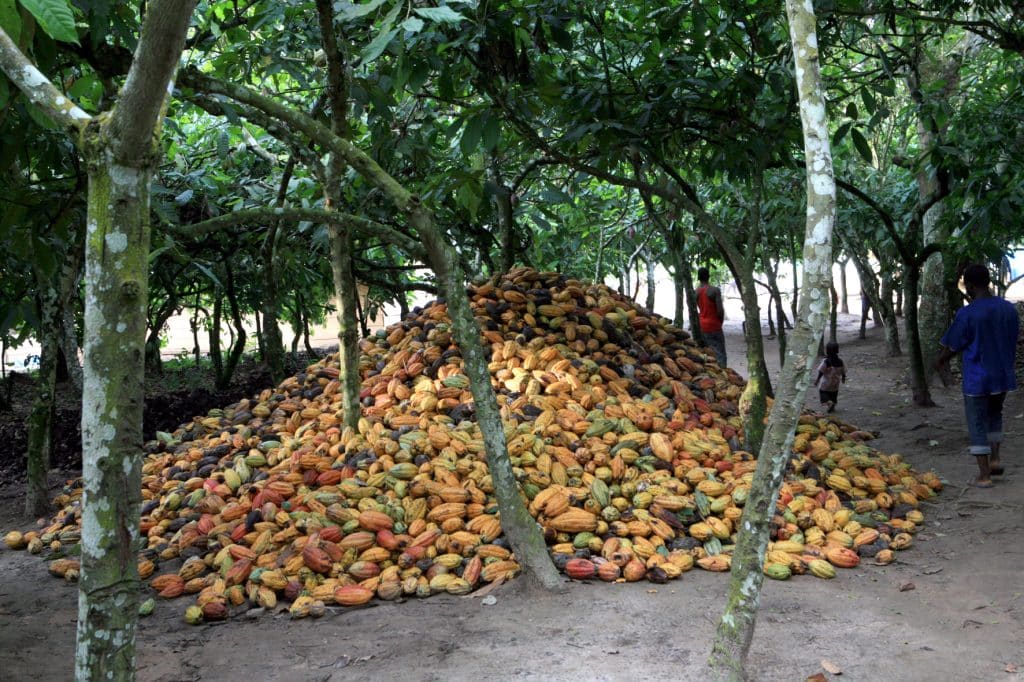As part of these efforts, the World Resources Institute (WRI) has teamed up with 19 major cocoa and chocolate companies to create two key new databases.
The West Africa Cocoa (WAC) dataset, listing the location of cocoa plots in the direct supply chains of participating companies in Ghana and Ivory Coast. Available on Global Forest Watch (GFW), an application that monitors the world’s forests in real time, it provides a detailed view of cocoa production in the region.
Cocoa Deforestation Risk Assessment (Cocoa DRA), a standardised map assessing the risk of future deforestation linked to cocoa production. This resource can be used to identify priority areas for action to promote sustainable production and protect the remaining forests.
Read also-IVORY COAST: the European Union demands environmentally friendly cocoa
These initiatives, the result of unprecedented collaboration, provide a common vision of priority areas for coordinated action to promote an environmentally friendly cocoa sector in West Africa. The WAC data, although sensitive, is made available to the public in the form of a heat map on GFW, guaranteeing the protection of farmers’ privacy. Similarly, the Cocoa DRA identifies areas at risk of future deforestation, helping companies to make informed decisions to reduce their environmental impact.
In 14 years, cocoa has razed 1/3 of Ghana’s forest cover
Together, the WAC and the Cocoa DRA provide a solid basis for decision-making and collective action to eliminate cocoa-related deforestation. As public resources, they contribute to transparent monitoring of the sector and the promotion of sustainable cocoa production in West Africa.
The growing demand for chocolate is having a significant impact on the region’s forests. Around 70% of the world’s cocoa supply comes from Ghana and Ivory Coast, where production sites have replaced millions of hectares of forest. Between 2001 and 2015 alone, cocoa was associated with the loss of a third of Ghana’s forest area and a quarter of that of Ivory Coast.
Boris Ngounou
